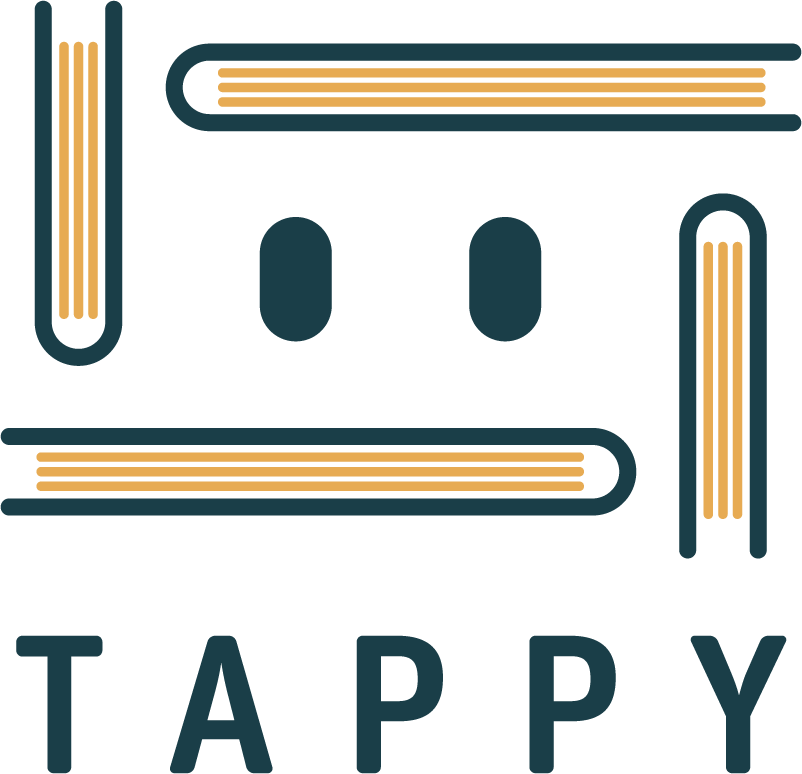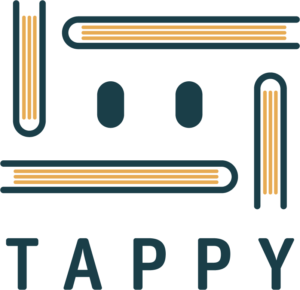Real Classroom Scenario
As an elementary school math teacher, you know that fostering critical thinking skills is crucial for your students’ academic and personal growth. However, you often find that traditional teaching methods can lead to passive learning, where students simply memorize formulas and procedures without truly understanding the underlying concepts.
Imagine a classroom where your students actively engage in mathematical problem-solving, where they learn to approach problems from multiple perspectives, and where they develop the ability to think critically and creatively. This is where De Bono’s 6 Thinking Hats strategy can transform your classroom experience.
By incorporating this strategy, you’ll guide your students through a structured process of exploring mathematical concepts from different angles. They’ll learn to analyze problems objectively, consider various viewpoints, and develop innovative solutions. The classroom becomes a dynamic learning environment where students take ownership of their learning and develop essential life skills.
Quick Start Guide
Materials Needed:
– 6 different colored hats or headbands (representing the 6 thinking hats)
– Whiteboard or chart paper
– Math problem or concept to explore
Basic Steps:
1. Introduce the 6 Thinking Hats and their meanings to your students.
2. Assign a hat color to each student or group.
3. Present a math problem or concept to the class.
4. Have students analyze the problem from the perspective of their assigned hat color.
5. Facilitate a discussion where each group shares their unique viewpoint.
6. Synthesize the different perspectives to arrive at a comprehensive understanding.
Time Requirements: 30-45 minutes per session, adjustable based on the complexity of the problem or concept.
Preparation Tips:
– Create a visual aid or anchor chart to remind students of the hat colors and their meanings.
– Plan guiding questions to help students explore each perspective effectively.
– Use Tappy to create a lesson plan template that includes the 6 Thinking Hats strategy, making it easy to modify and reuse for different math concepts.
Detailed Implementation
- Introduce the 6 Thinking Hats: Explain the meaning of each hat color and its associated thinking style:
- White Hat (Facts): Objective, factual information
- Red Hat (Emotions): Feelings, intuitions, and gut reactions
- Black Hat (Caution): Critical analysis, potential risks, and drawbacks
- Yellow Hat (Benefits): Positive aspects, advantages, and opportunities
- Green Hat (Creativity): New ideas, alternative solutions, and possibilities
-
Blue Hat (Process): Overarching perspective, organization, and management
-
Assign Hat Colors: Divide students into small groups or assign individual hat colors based on your preference.
-
Present the Math Problem or Concept: Introduce the mathematical problem or concept you want your students to explore. Provide necessary background information and context.
-
Explore Each Perspective: Guide students through the 6 Thinking Hats by asking them to analyze the problem or concept from their assigned hat color’s perspective. Encourage them to share their thoughts and insights.
-
Facilitate Discussion: After each hat color has shared their viewpoint, facilitate a class discussion to synthesize the different perspectives. Encourage students to build upon each other’s ideas and arrive at a comprehensive understanding.
Common Pitfalls and Solutions:
– Difficulty Staying in Role: If students struggle to maintain their assigned hat perspective, remind them of the hat’s meaning and provide guiding questions.
– Dominating Voices: Ensure equal participation by using strategies like equity sticks or random selection.
– Lack of Depth: Prompt students with higher-order thinking questions to encourage deeper analysis and reasoning.
Student Engagement Techniques:
– Use physical hats or headbands to make the experience more engaging and memorable.
– Incorporate movement by having students switch seats or form new groups for each hat color.
– Integrate technology by having students record their thoughts using Tappy’s collaboration features, making it easier to share and discuss their perspectives.
Tips for Smooth Integration with Tappy:
– Create a lesson plan template in Tappy that includes the 6 Thinking Hats strategy, making it easy to modify and reuse for different math concepts.
– Use Tappy’s collaboration features to facilitate group discussions and document students’ insights from each hat perspective.
– Leverage Tappy’s multimedia capabilities to incorporate visual aids, videos, or interactive simulations that support the exploration of mathematical concepts.
Differentiation Strategies
Adaptations for Different Learning Levels:
– For advanced learners, encourage them to explore more complex mathematical concepts or real-world applications.
– For struggling learners, provide additional scaffolding, such as sentence starters or guiding questions, to help them articulate their thoughts more effectively.
Support for ELL Students:
– Provide visual aids, manipulatives, or translations to support understanding of the hat colors and their meanings.
– Encourage ELL students to share their perspectives in their native language and have a peer or teacher translate for the class.
Modifications for Special Needs:
– Adjust the number of hat colors or perspectives based on students’ needs and attention spans.
– Provide assistive technology or accommodations as needed, such as speech-to-text tools or enlarged visual aids.
Note how Tappy Assists with Differentiation:
Tappy’s flexible lesson planning and collaboration features make it easier to differentiate instruction and accommodate diverse learning needs. You can create customized lesson plans, incorporate multimedia resources, and facilitate group discussions tailored to your students’ abilities and learning styles.
Assessment & Success Indicators
Observable Outcomes:
– Students actively participate in discussions and share their perspectives from different hat colors.
– Students demonstrate an understanding of mathematical concepts by analyzing them from multiple angles.
– Students build upon each other’s ideas and synthesize different viewpoints.
Assessment Methods:
– Observe and document students’ participation and contributions during the 6 Thinking Hats discussions.
– Assess students’ ability to analyze problems from different perspectives through written reflections or exit tickets.
– Evaluate students’ problem-solving skills and conceptual understanding through performance-based assessments or projects.
Student Feedback Strategies:
– Conduct post-activity reflections where students share their experiences and insights gained from the 6 Thinking Hats strategy.
– Encourage students to provide peer feedback on each other’s contributions and perspectives.
Tappy’s Role in Assessment:
– Use Tappy’s documentation features to capture students’ contributions and insights from each hat perspective during the discussions.
– Leverage Tappy’s assessment tools to create rubrics or checklists aligned with the desired learning outcomes.
– Analyze student data and feedback collected through Tappy to inform instructional decisions and identify areas for improvement.
Teacher Tips & Tricks
Time-saving Suggestions:
– Prepare a set of commonly used math problems or concepts that can be easily adapted for the 6 Thinking Hats strategy.
– Use Tappy’s lesson planning features to create a reusable template for the 6 Thinking Hats strategy, saving time on preparation.
Classroom Management Tips:
– Establish clear expectations and norms for respectful discussion and active listening during the 6 Thinking Hats activities.
– Use a visual timer or signal to manage time effectively and ensure all hat colors have an opportunity to share their perspectives.
Technology Integration Ideas:
– Incorporate interactive whiteboards or digital tools to display and manipulate mathematical representations during the discussions.
– Use online collaboration tools or Tappy’s features to facilitate real-time sharing and documentation of students’ insights.
Quick Note about Tappy Automation:
Tappy’s automation capabilities can streamline various aspects of implementing the 6 Thinking Hats strategy. From creating lesson plan templates to organizing student contributions and generating assessment reports, Tappy can help you save time and focus on facilitating meaningful learning experiences.
Resource Box
Educational Websites:
– ReadWriteThink.org for literacy resources
– Oercommons.org for peer-created materials
– Edutopia.org for teaching strategies
– NCTM.org for math resources
– CommonLit.org for reading materials
Recommended Books:
– ‘Teaching Student-Centered Mathematics’ by John A. Van de Walle
– ‘Mathematical Mindsets’ by Jo Boaler
– ‘Visible Learning for Mathematics’ by John Hattie
– ‘The Formative 5’ by Francis (Skip) Fennell
Remember, the key to successful implementation of De Bono’s 6 Thinking Hats strategy is to create an engaging and supportive learning environment where students feel empowered to think critically, explore diverse perspectives, and develop a deep understanding of mathematical concepts.


Leave a Reply